After Donald Trump’s reelection in November, crypto companies grew hopeful about public listings. Trump promised clearer regulations and aimed to make the U.S. a global crypto hub. IPO pipelines surged with activity, but market turbulence quickly followed.
Circle, the stablecoin issuer behind USDC, didn’t wait for perfect timing. On Tuesday, it filed its long-awaited S-1 with the U.S. SEC, signaling its intent to go public. The move was met with mixed reactions: optimism from some and skepticism from others. Despite bullish sentiment around crypto's future, equity markets have taken a hit following Trump's announcement of reciprocal tariffs on nearly 90 countries, including China and the EU. The S&P 500 and Nasdaq are down 11% and 17% year-to-date, respectively.
Circle faces both shaky markets and internal financial hurdles. Its IPO filing revealed falling gross margins and high distribution costs. David Pakman of CoinFund believes Circle can raise capital but acknowledges challenges due to weak market conditions. Analysts have also noted that Circle's current structure and revenue-sharing model may hinder investor confidence.
Lorenzo Valente from ARK Invest noted Circle is still viewed like a typical crypto firm—cyclical and rate-sensitive. A shift toward being a high-margin payments network could boost its valuation. Rumored to be valued at $4–6 billion, Circle is betting on the growing demand for US-backed stablecoins, supported by regulatory shifts like the GENIUS Act and Treasury’s need for new buyers of U.S. T-Bills.
While firms like Kraken, Gemini, and BitGo explore IPOs, others remain cautious, awaiting regulatory clarity. Analysts expect a wave of filings in late 2025 as stablecoin legislation solidifies.
Circle’s public debut could be a pivotal moment for crypto, if it can navigate the economic and regulatory headwinds ahead.







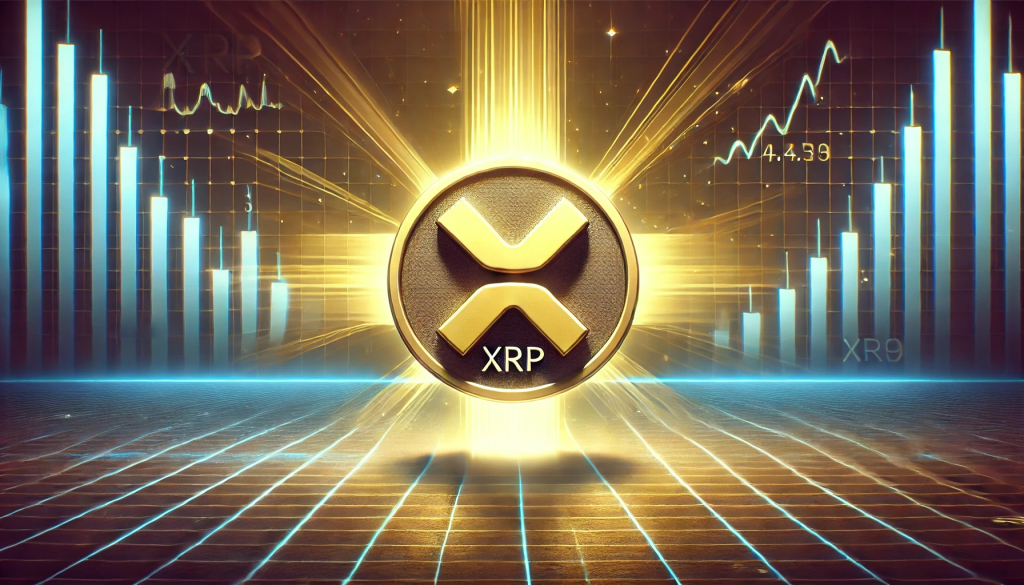
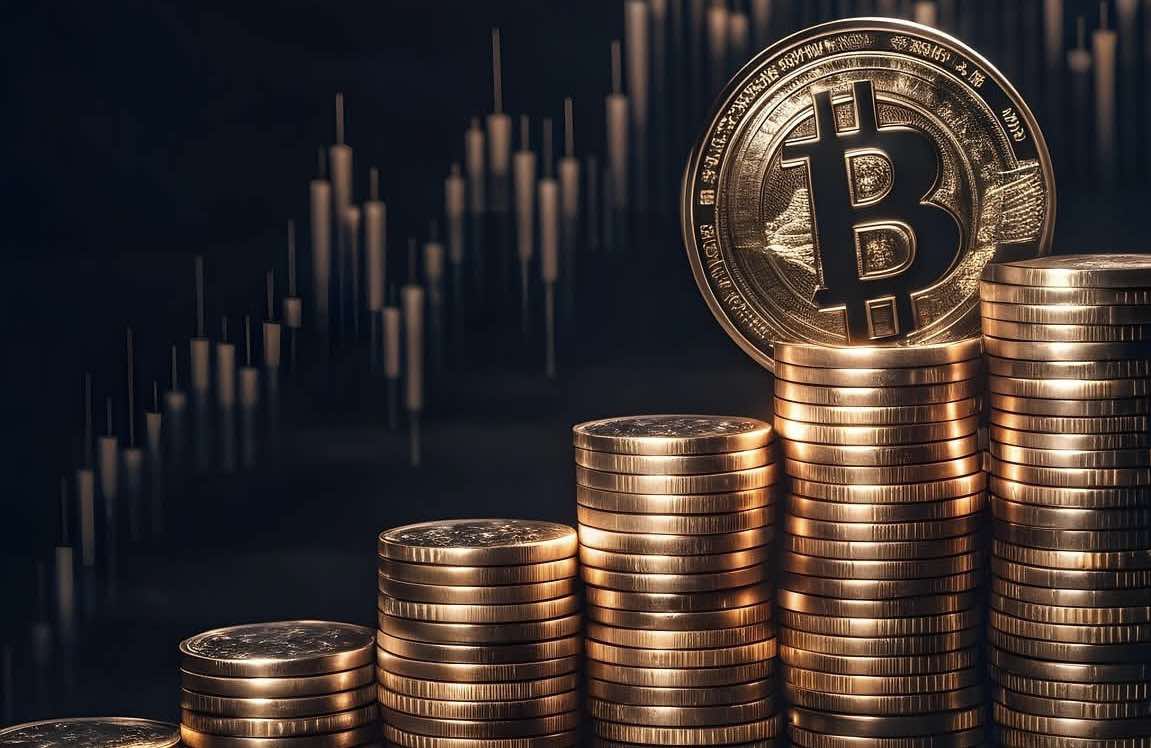

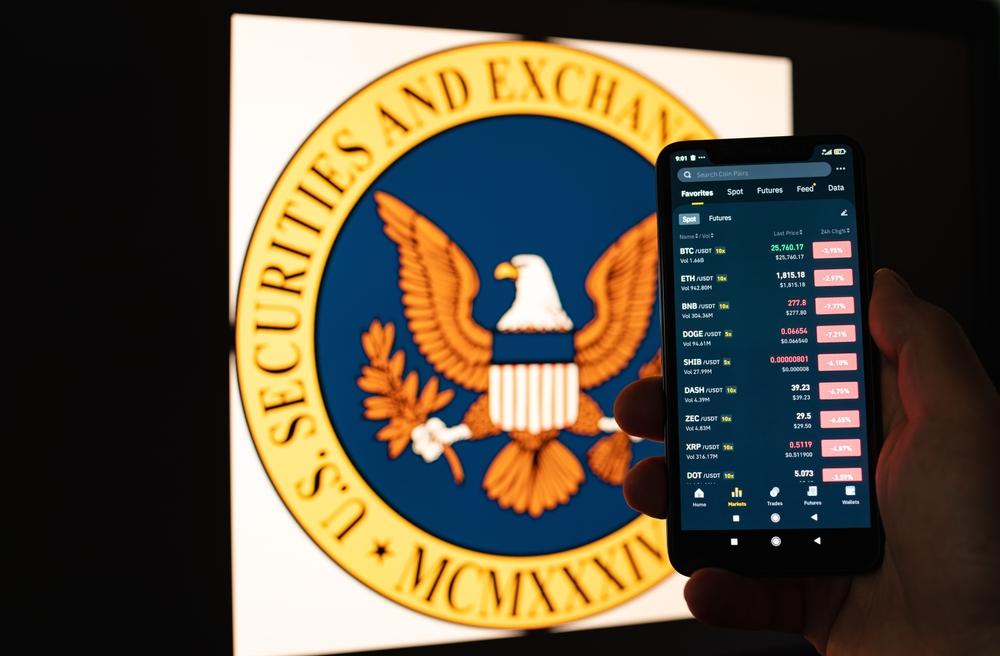


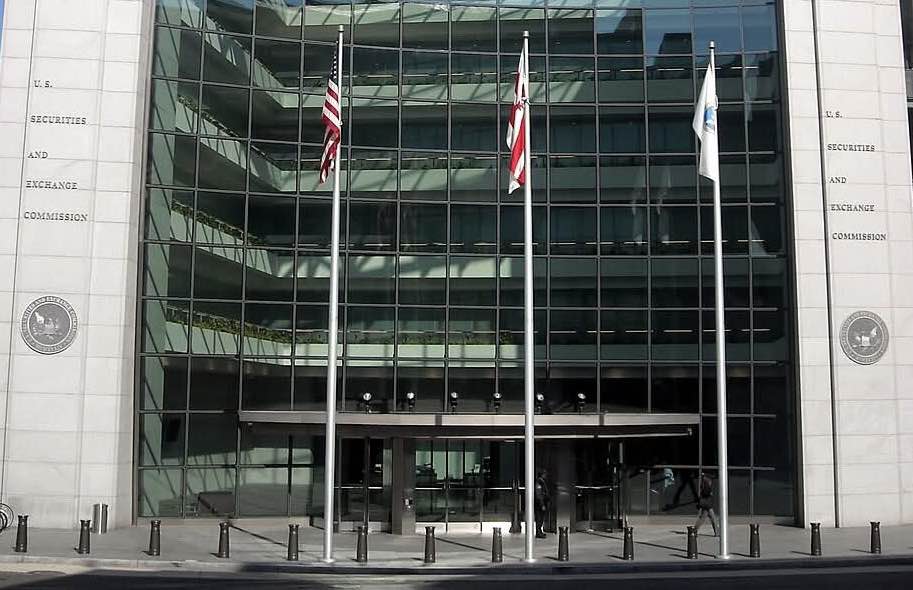


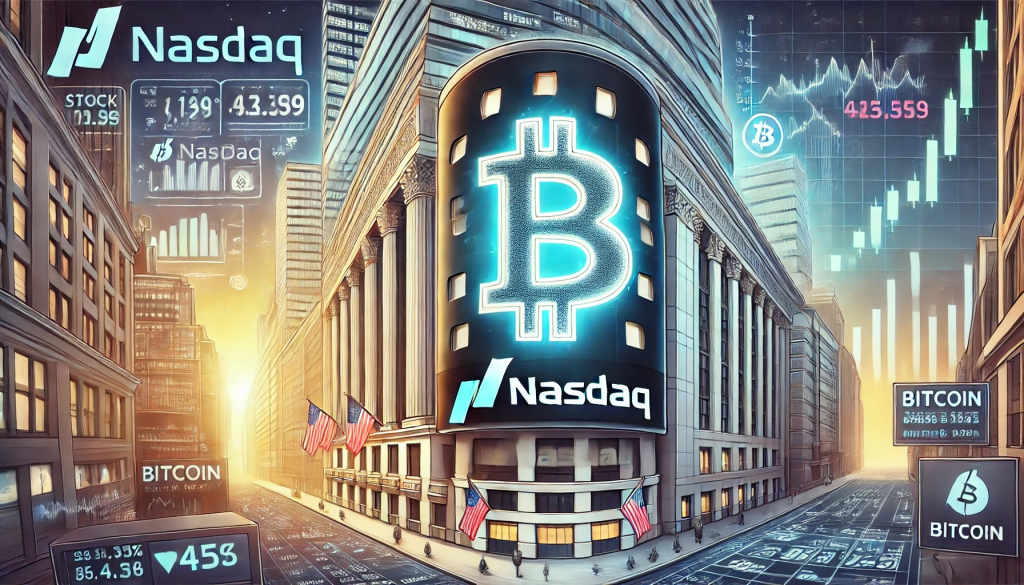









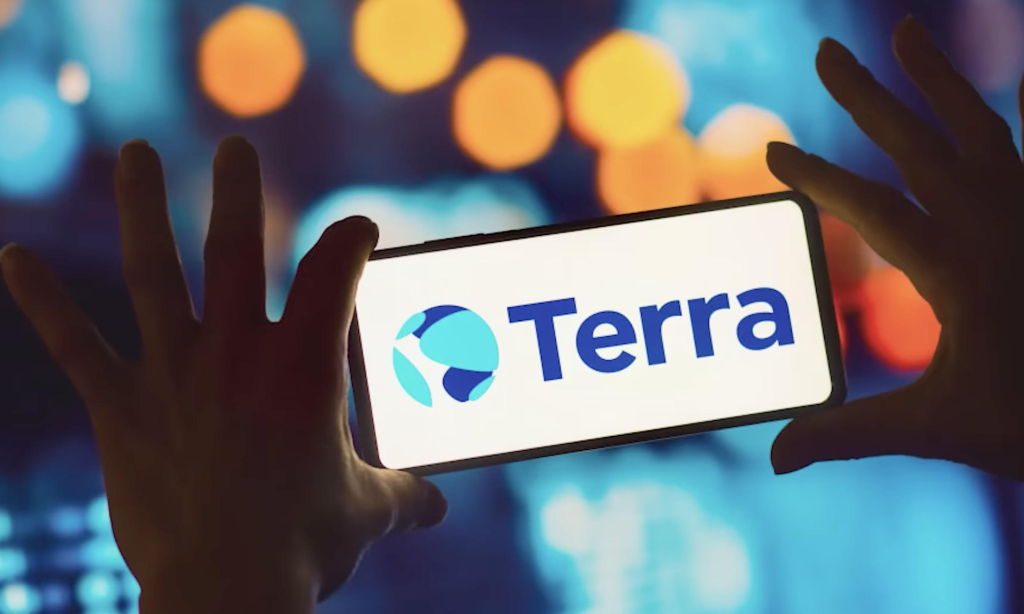

Comment 0